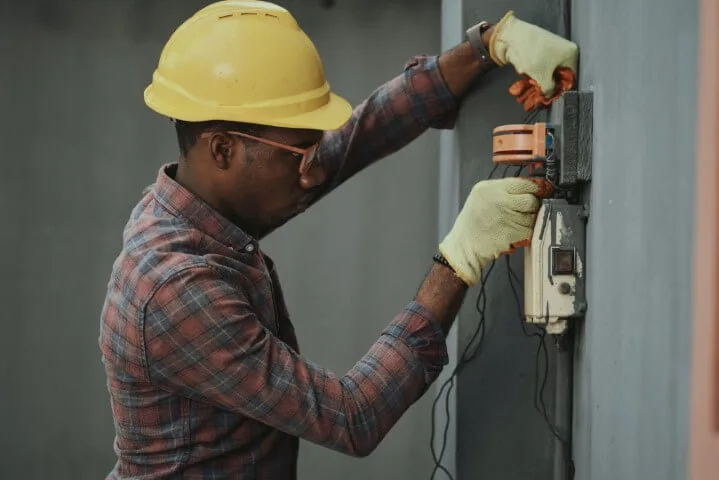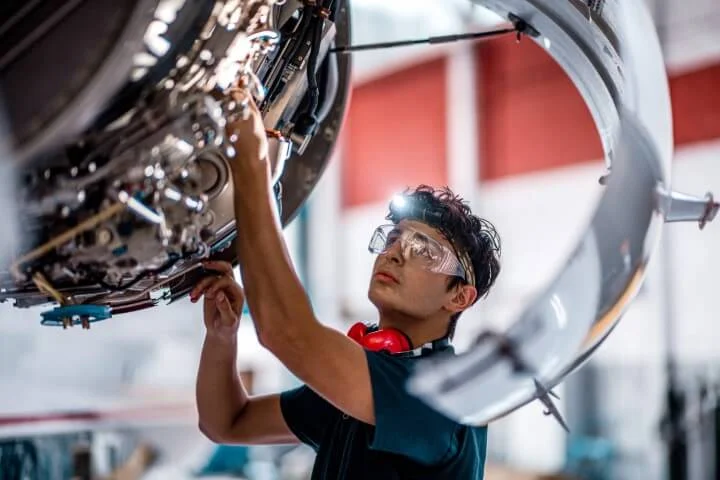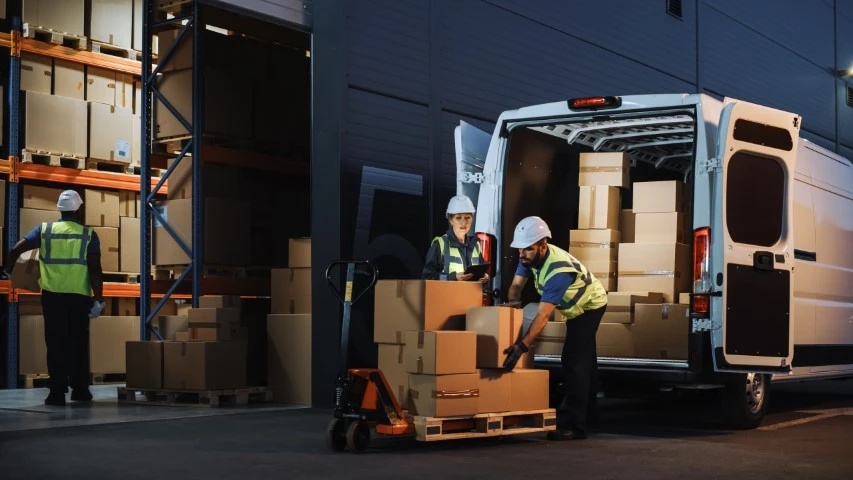How Useful Is AI In Preventing Industrial Vehicle-Pedestrian Collisions?
How Useful Is AI In Preventing Industrial Vehicle-Pedestrian Collisions?
Did you know that one in five workplace deaths are caused by industrial vehicle collisions? Such findings demonstrate that industrial vehicles are a significant safety hazard; to address this, an increasing number of solutions designed to reduce the risk of vehicles colliding with pedestrians are hitting the market. To help organizations navigate this market, Verdantix has produced the soon-to-be released Buyer’s Guide: Industrial Vehicle Safety Management Solutions.
Many of the industrial vehicle safety management solution providers mentioned in the report are leveraging AI for pedestrian detection, which can distinguish between pedestrians and objects. Collisions are avoided by AI instructing the vehicle to react appropriately – whether by stopping it, slowing it down, or issuing a warning to the driver to change course – only when a real person is detected in the vehicle’s path.
This feature shows great promise in improving on-site safety by reducing false alarms – which can erode driver attentiveness in the long term – and alerting drivers to hazards they may miss. But this isn’t a one-size-fits-all solution: safety practitioners should consider how well AI for pedestrian detection functions in the context of their overall safety management system before deploying it. Factors to consider are:
- Operational feasibility of AI for pedestrian detection.
This hinges on several practical factors. It includes checking if the AI can operate reliably and accurately in a site that may have limited connectivity and challenging conditions such as low visibility, dust or poor lighting. Since the technology is often mounted on vehicles with finite power resources, it is also vital to check if the system is energy efficient. Solutions that use too much power will drain a vehicle’s battery, making the vehicle non-operational very quickly.
- Governance of AI for pedestrian detection.
Even regardless of incoming regulations like the 2024 EU AI Act and emerging standards such as ISO/IEC 42001, the governance stakes are already high when deploying AI to help vehicles avoid pedestrians. Organizations adopting these technologies must ensure the systems they use are built on explainable and transparent models, with clear documentation of how decisions are made. Equally important is a thorough understanding of the legal and ethical implications of integrating AI-driven pedestrian detection into safety-critical environments, including the liability risks for the technology provider, vehicle operator and site manager if there is a collision.
- Other control measures used to avoid collisions.
AI for pedestrian detection can be expensive, fallible, and is not necessarily the most helpful tool available in preventing industrial vehicles collisions. As such, practitioners with a limited budget should carefully consider what other tools may be effective in mitigating vehicle collision risks. For instance, thermal imaging cameras are also very useful for vehicles that operate in low-visibility conditions such as smoke, fog or darkness. They give the driver advanced notice of people in the vehicle’s pathway by highlighting pedestrians on an in-cabin monitor. Other control measures include radar-based proximity alerts, geofencing systems that restrict vehicle access to designated zones and access control mechanisms that prevent unauthorized operation. To understand the full range of collision avoidance technologies available, look out for the upcoming Verdantix Buyer’s Guide: Industrial Vehicle Safety Management Solutions.





















_main-image.jpg?sfvrsn=53a0d777_2)
